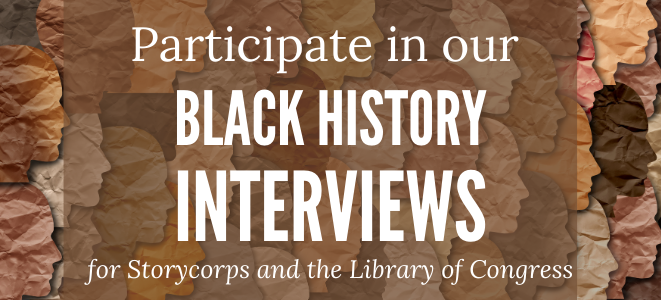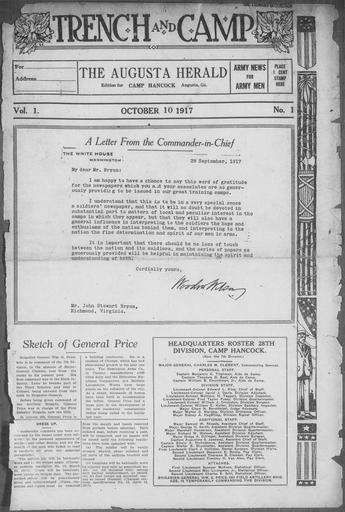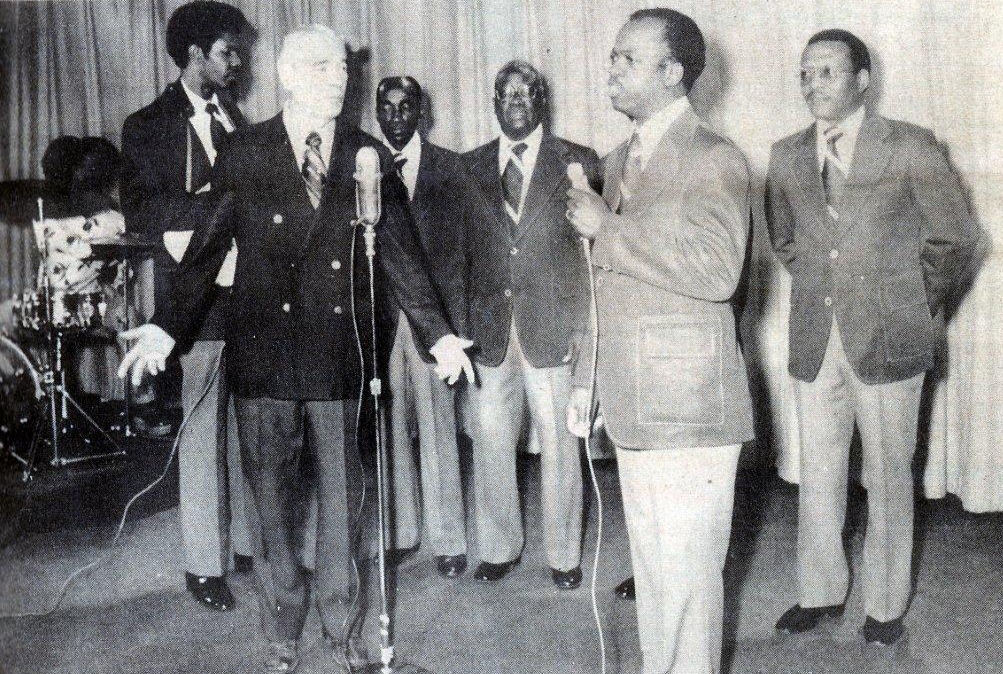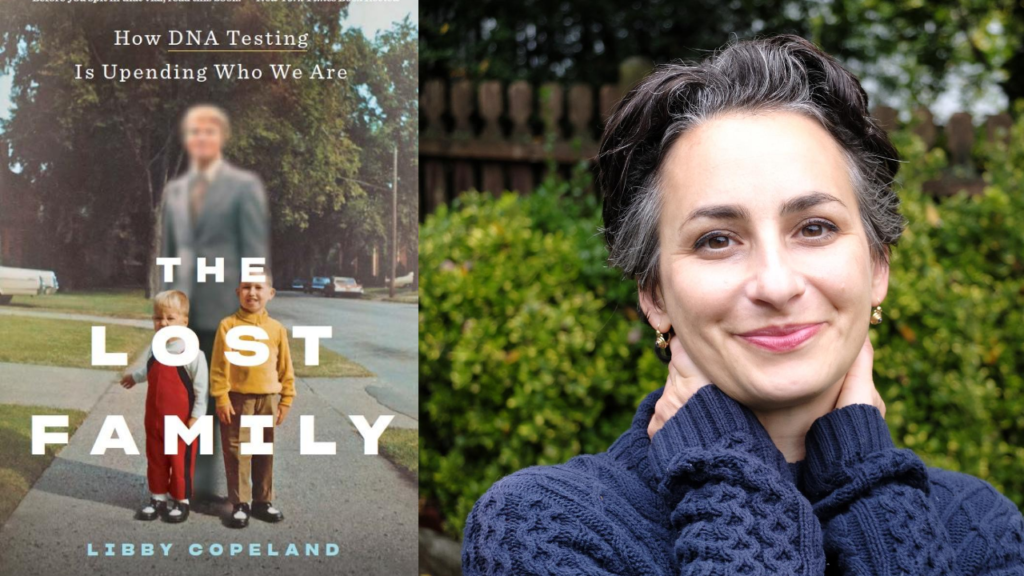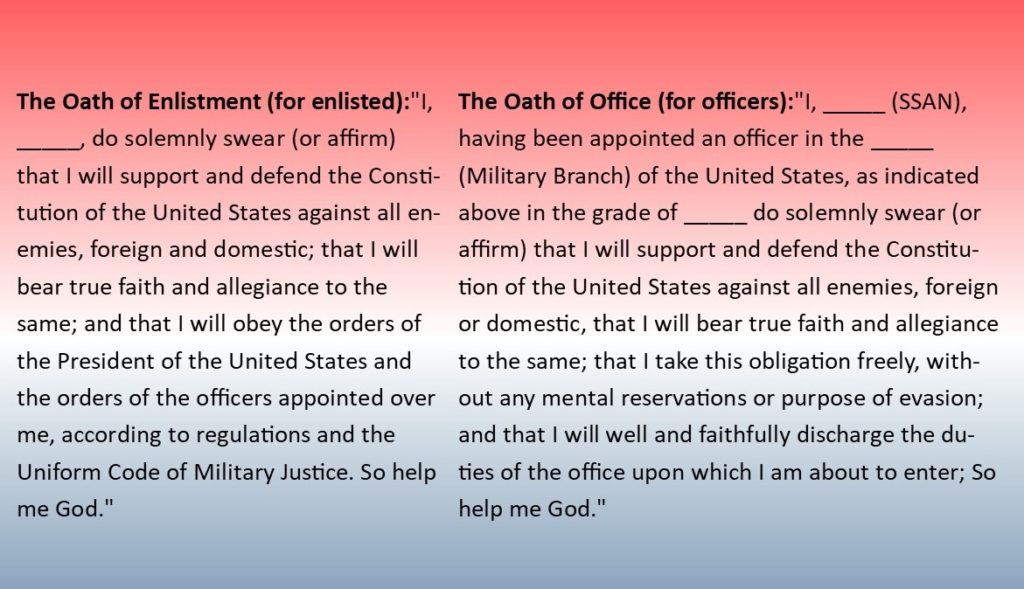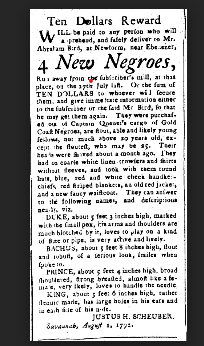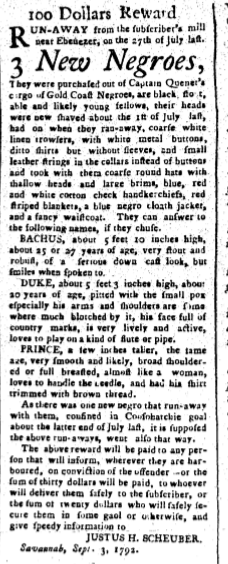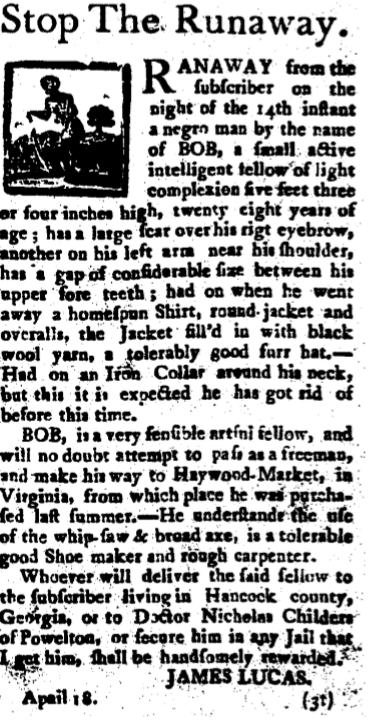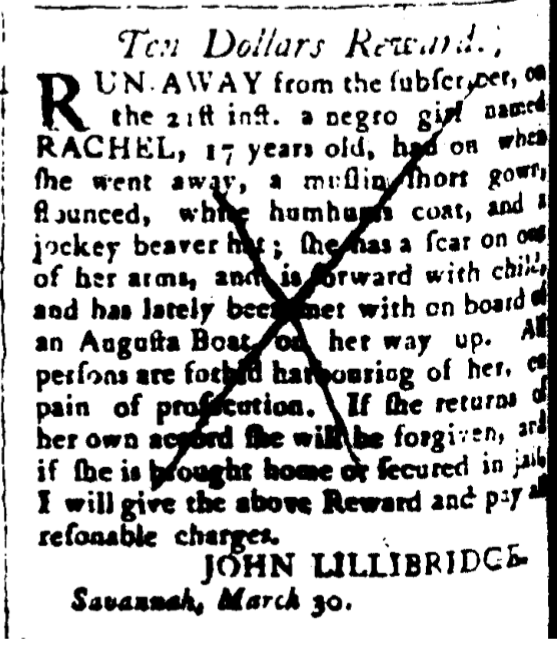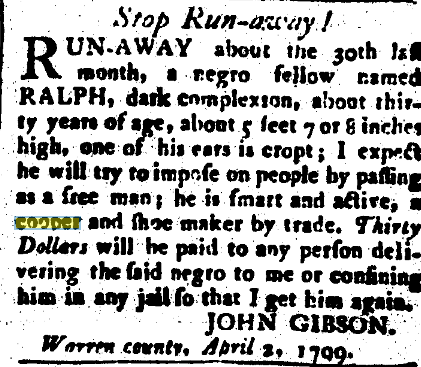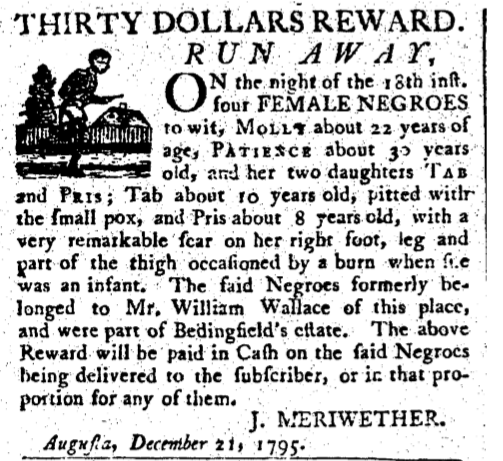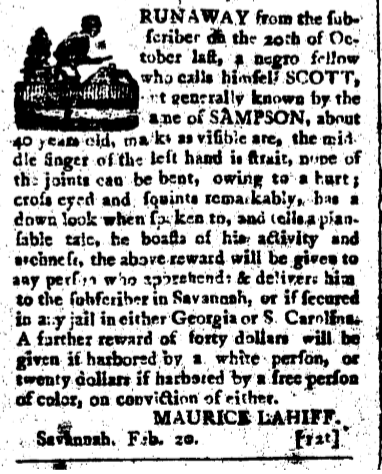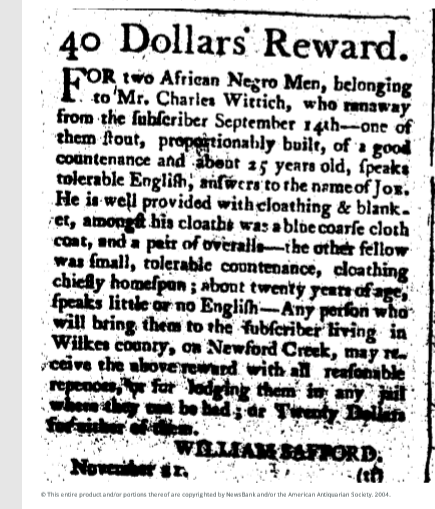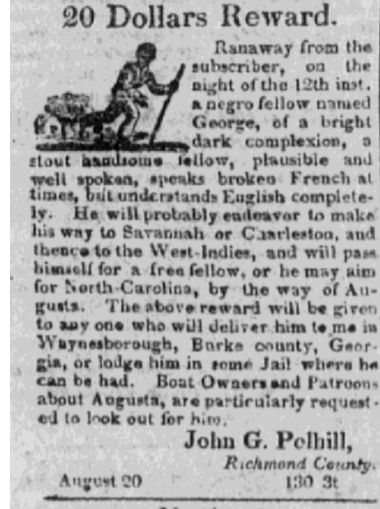In honor of Black History Month, the Georgia Heritage Room of the Augusta Public Library has partnered with Mr. George Wingard, Program Manager for the Savannah River Archaeological Research Program at the Savannah River Site to provide free access to his documentary films, We Came A Long Way By Faith: Catholic Hill and St. James the Greater Catholic Church, and Death Rides on Every Passing Breeze: A Ground Penetrating Radar Survey of the Wesley United Methodist Church Cemetery. Both films shine a light on two little known historic African American churches in the low country of South Carolina.
We Came a Long Way By Faith: Catholic Hill and the St. James the Greater Catholic Church:
Catholic Hill, formerly known as Thompson’s Crossroads, is an area steeped in history. The predominant feature on the landscape is the 1935, gothic-revival inspired St. James the Greater Catholic Church and its recently renovated 1901 school house.
The first church on the spot was dedicated in 1832 and burned in 1856. Very little is known from that point until the 1890’s when it was learned that a group of former slaves and their descendants, with a vibrant and thriving faith, was worshipping in the area. Soon a new church and school was built. While mass was celebrated by itinerant priests twice a month at the church, the leadership flourished under the dedicated men and women of the church striving to preserve and strengthen the faith of the community on an everyday basis.
The present church, which was built in 1935, is home to a new generation of followers maintaining their strong Catholic Faith. Today’s congregation works tirelessly to preserve both the memory of those who came before them and safeguard the legacy for many generations to come.
This film will focus on the religion in South Carolina, early Catholicism, slavery, the history of St. James the Greater, and its importance to the Catholic Hill Community.
Death Rides on Every Passing Breeze: A Ground Penetrating Survey of the Wesley United Methodist Church Cemetery attempts to answer questions about the church’s two hundred year old cemetery by using the modern tools of archaeology. By comparing the oral tradition of the church which has been passed down through the generations with the scientific data produced by ground penetrating radar, questions surrounding the age of the cemetery are answered.
Please click on the links below to view the films:
https://vimeo.com/469824931
https://vimeo.com/415619367
Staff of the Georgia Room would like to thank Mr. George Wingard for his generosity, and continued support of the Augusta-Richmond County Public Library System. In the past, Mr. Wingard has partnered with the library on exhibits and programs highlighting the many facets of our local history, including an exhibit featuring prehistoric artifacts of the many Southeastern Native American cultures that inhabited this region. Mr. Wingard also presented his award-winning and inspiring film Discovering Dave: Spirit Captured in Clay about enslaved Edgefield potter David Drake to a packed library auditorium. We look forward to future programs and exhibits!!
-
Recent Posts
Recent Comments
Archives
- April 2024
- February 2024
- January 2024
- August 2021
- June 2021
- February 2021
- January 2021
- December 2020
- October 2020
- September 2020
- May 2020
- April 2020
- March 2020
- January 2020
- December 2019
- May 2019
- March 2019
- December 2018
- November 2018
- October 2018
- July 2018
- June 2018
- May 2018
- February 2018
- January 2018
- October 2017
- September 2017
- August 2017
- June 2017
- May 2017
- April 2017
- March 2017
- February 2017
- December 2016
- October 2016
- September 2016
- August 2016
- July 2016
- May 2016
- April 2016
- March 2016
- February 2016
- January 2016
- December 2015
- November 2015
- October 2015
- September 2015
- August 2015
- July 2015
- June 2015
- May 2015
- April 2015
- March 2015
- February 2015
- January 2015
- December 2014
- November 2014
- October 2014
- September 2014
- August 2014
- July 2014
- June 2014
- May 2014
- April 2014
- February 2014
- January 2014
- November 2013
- October 2013
- September 2013
- August 2013
- July 2013
- June 2013
- May 2013
- April 2013
- March 2013
- February 2013
- January 2013
- December 2012
- November 2012
- October 2012
- September 2012
- August 2012
- July 2012
- June 2012
- May 2012
- April 2012
- March 2012
- February 2012
- January 2012
- December 2011
- November 2011
- October 2011
- September 2011
- August 2011
- July 2011
- June 2011
- May 2011
- April 2011
- March 2011
- February 2011
- January 2011
- December 2010
Categories
Meta


